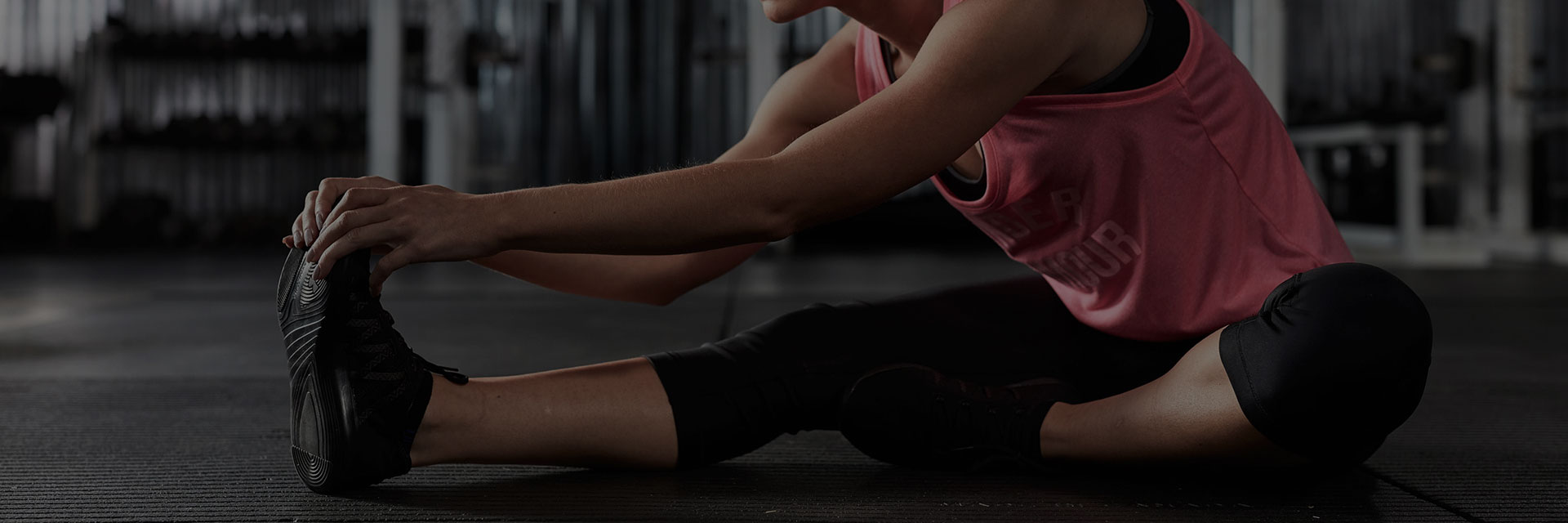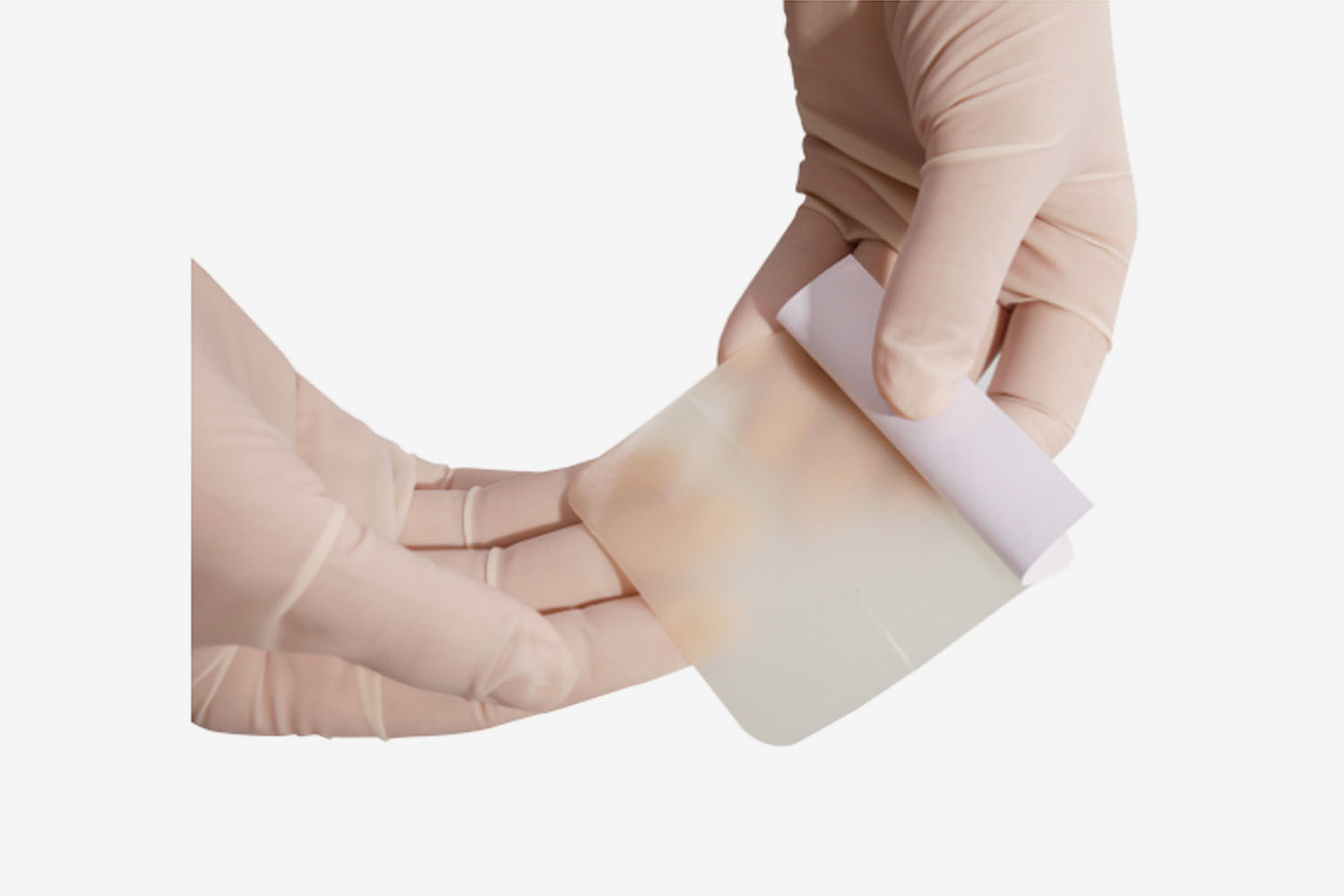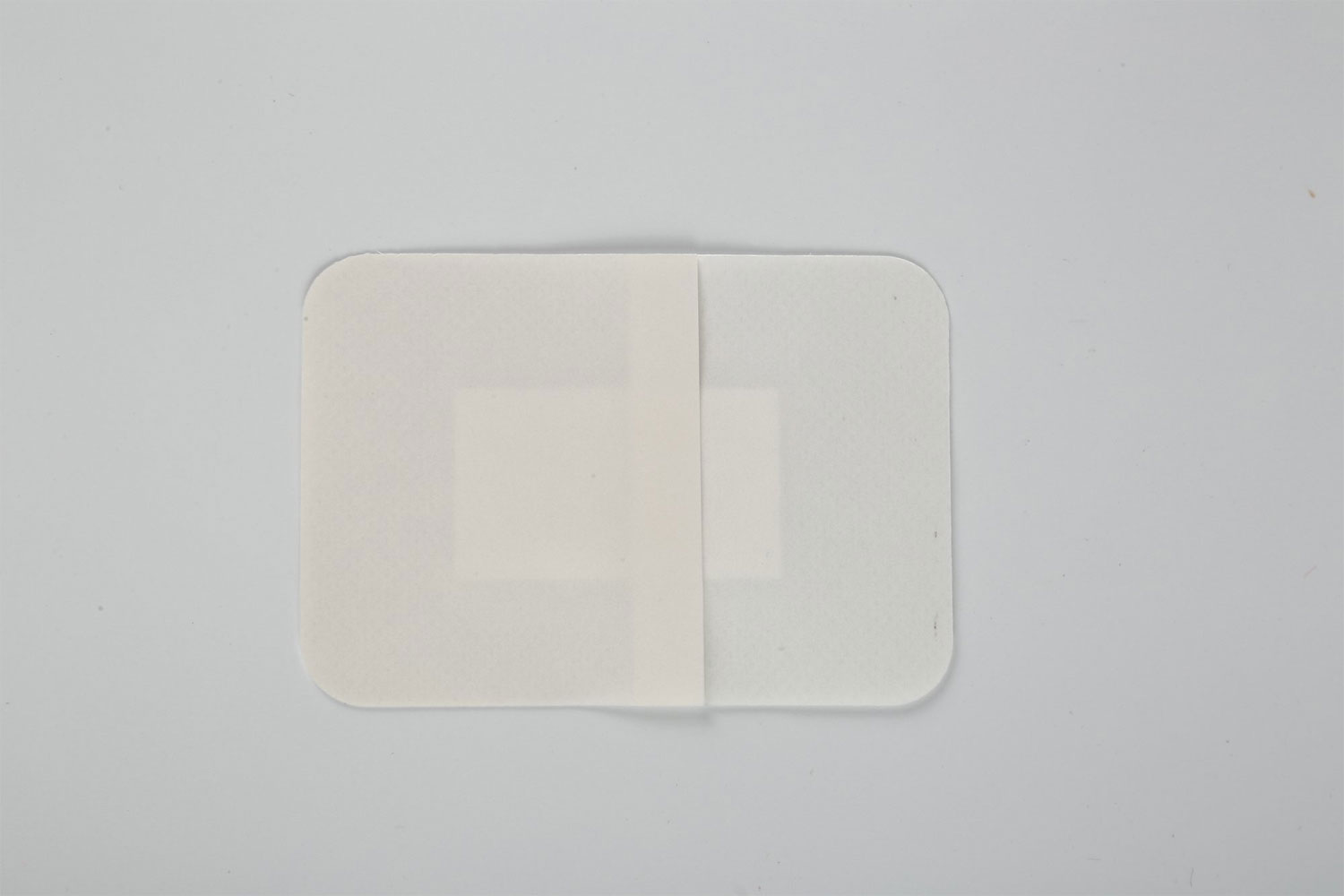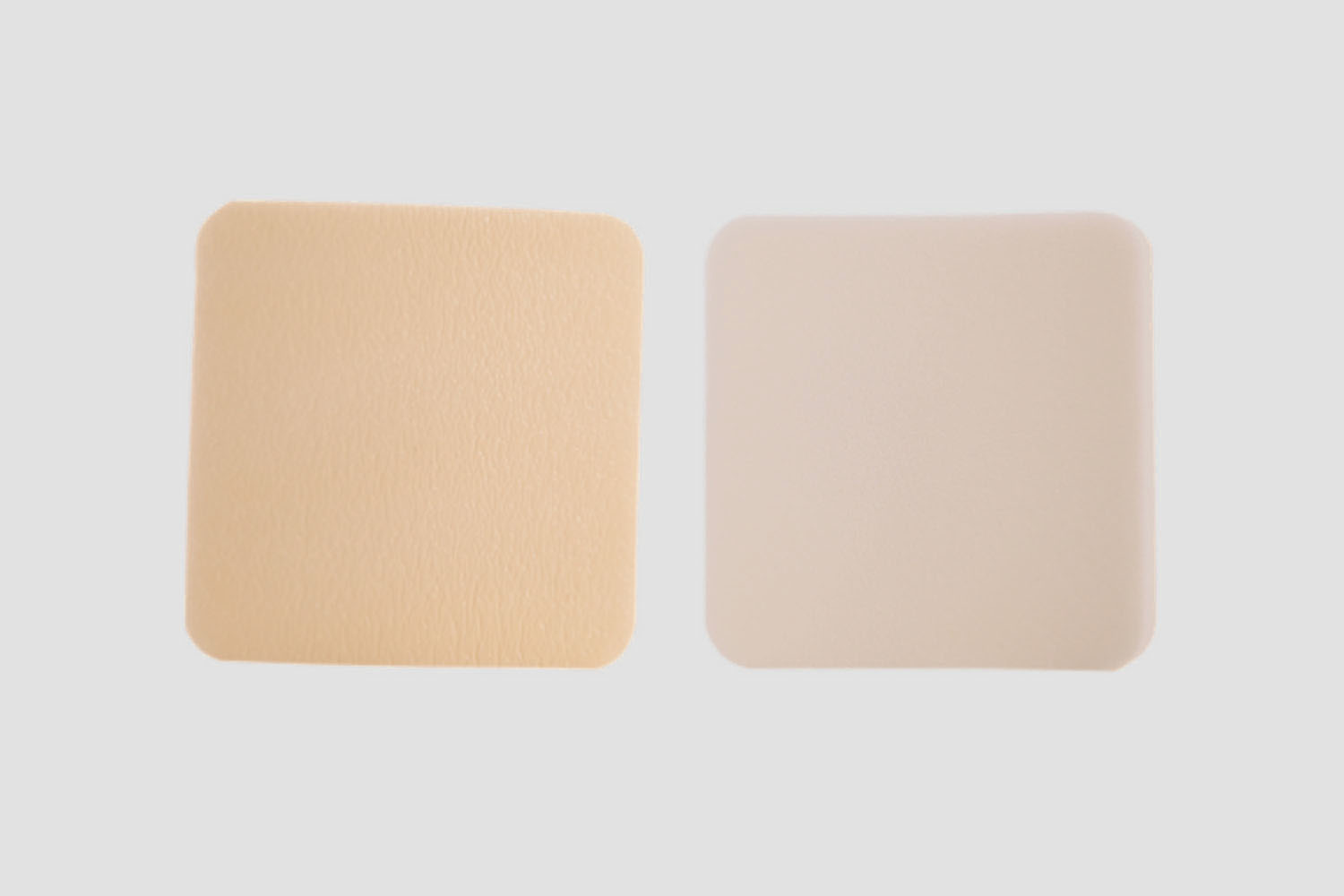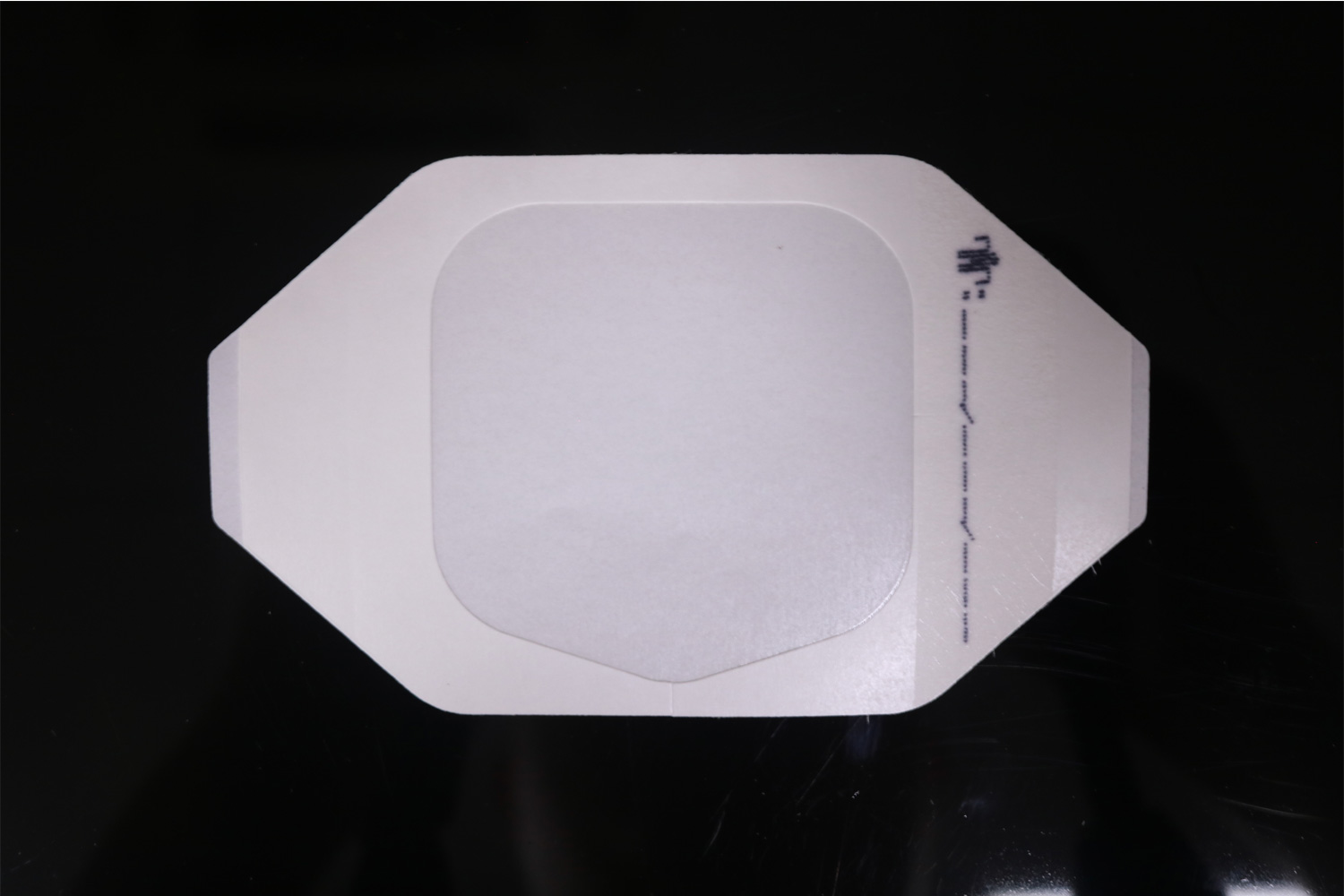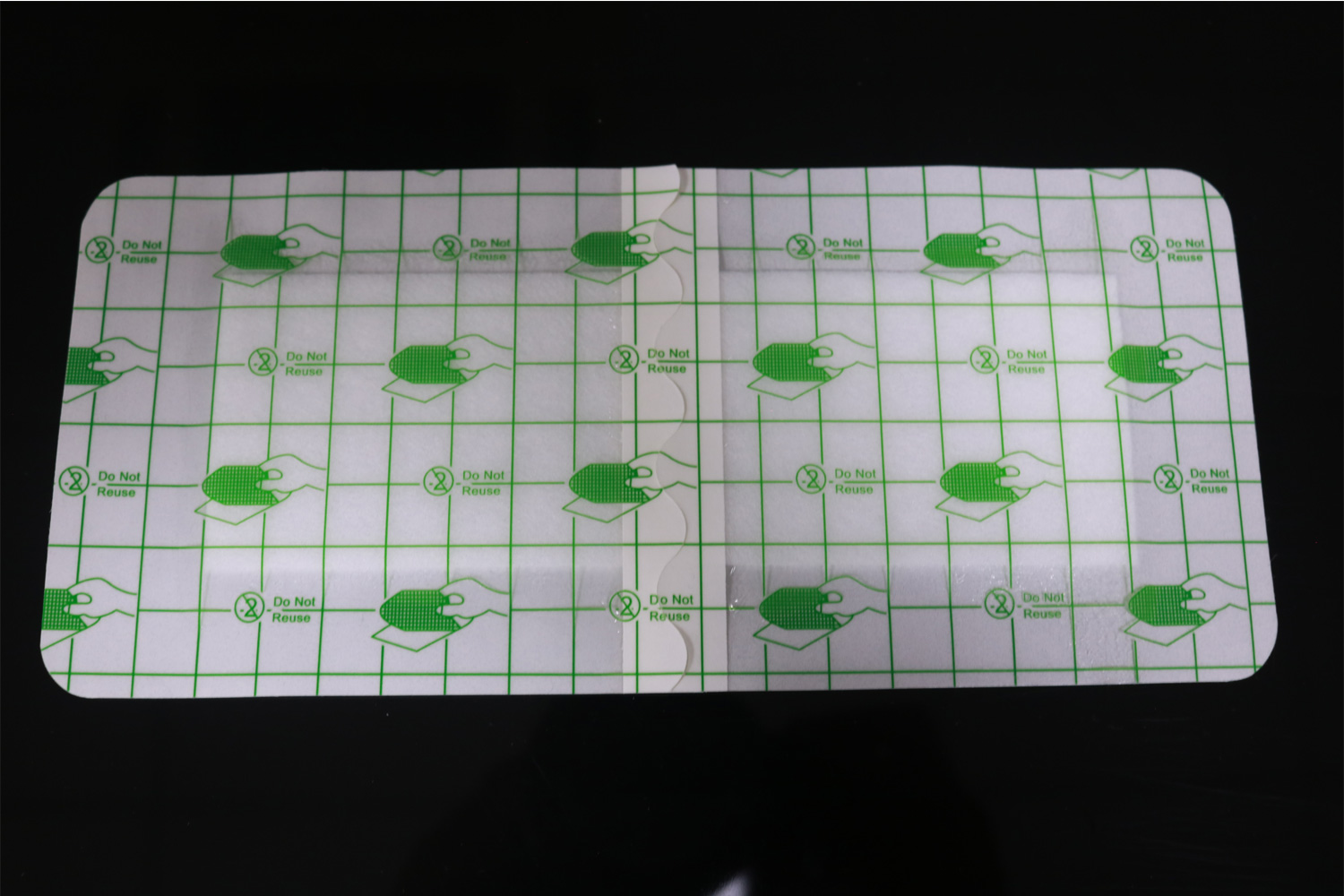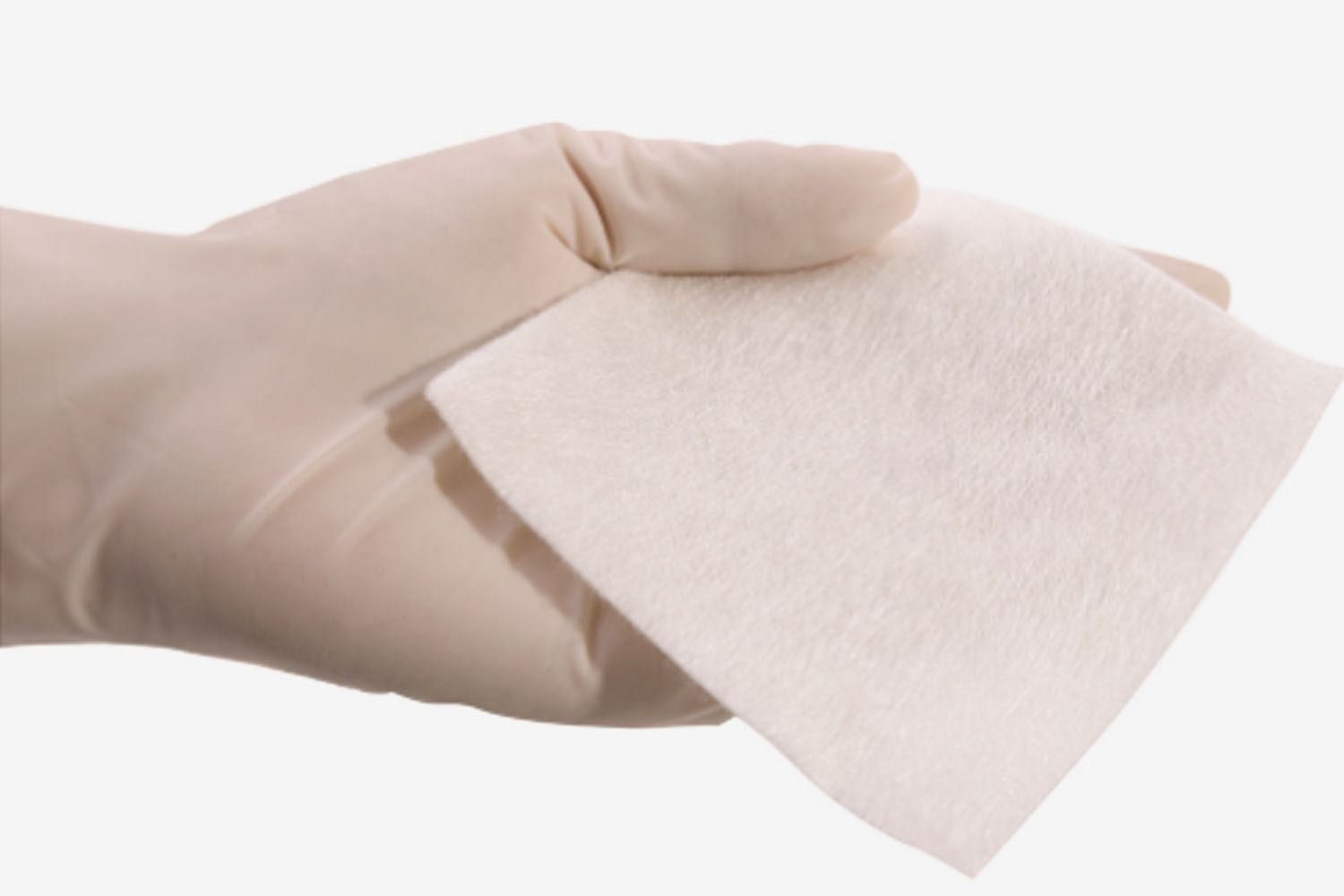Hydrocolloid Wound Dressing
Hydrocolloid wound dressing is a wafer type of dressing that contains gel-forming agents in an adhesive compound laminated onto a flexible, water-resistant outer layer. This transparent hydrocolloid dressing is one of types of medical dressings designed for a wide range of lightly to moderate exuding wounds, such as pressure ulcers (stage I and II), leg venous ulcers, first and second-degree burns, skin grafts and donor sites, post-operative and traumatic wounds. The hydrocolloid bandages for scars also can be used on cavity wounds when used as a secondary dressing.
Introducing our Hydrocolloid Wound Dressing, designed to provide effective protection and promote faster healing for minor cuts, abrasions, and blisters. This advanced Hydrocolloid Wound Dressing forms a gel-like layer that absorbs exudate, creating a moist environment that accelerates the healing process while preventing infection. Perfect for both everyday use and more specialized care, it’s your go-to solution for managing wounds with ease and comfort.


